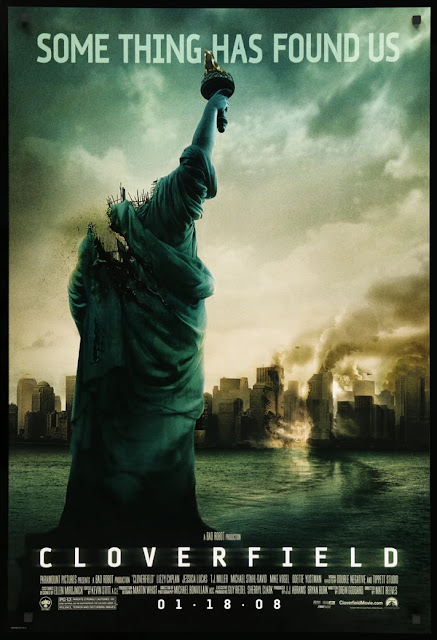This year I used Joker as an example of introducing film theory and wanted to share.
A few things to note:
Theory is hard. It requires you to read and re-read. It is not ready-made. But don't be overwhelmed. It takes time to learn the terminology. But it is a rewarding process.
Theory is not "good" or "bad" criticism. That's for movie reviewers, or what is known as evaluative criticism. I LOVE Siskel and Ebert, but no thumbs-up or thumbs-down when writing theoretically about film. You want to write critically which involves theory...
Auteur Theory: Todd Phillips is probably not someone we think of as an auteur (evaluative). The Hangover movies or Old School did not garner Academy Award nominations.
But good and bad taste is not relevant here. As long as the director has a body of work, you can conduct an auteur analysis.
You can also write about unconscious themes of a director's work - that is, themes the director did not know were showing up throughout their films.
But this also raises an important point about writing theory. Rhetoric. Can you persuade me that Phillips is an auteur?
Genre: We all know genres. Joker not only challenges our expectations of the superhero genre, but even those who have played the Joker.
Why does Joker challenge our expectations?
For one, the film is a slow burn, moving toward Arthur Fleck's transformation. Fleck is also an unreliable narrator, something we often don't see in superhero movies.
Could Joker impact future movies the way Pulp Fiction did in 1994?
Genre theory often investigates how genres develop over time. Rick Altman's semantic/syntactic approach is key to explaining this.
Altman's analysis moves away from bad and good judgement, and points us toward the evolution of genres, looking at how a film articulates the traits of a given genre and the deeper meanings it can convey. The two are interconnected.
As time passes, we may look back at Joker and other superhero films and try to understand why they were so popular with audiences.
Art Cinema and Narrative Theory: Joker shares many traits of art house cinema, such as ambiguity, loose narrative cause and effect, and digressions.
To understand art house cinema traits, we have to weigh them against classical narrative, which often entails strict cause and effect, little or no ambiguity, and closure. See David Bordwell's article "The Art Cinema as a Mode of Film Practice.
Joker is not a strict cause and effect narrative, as the entire film is told through Fleck's perspective. It has digressions, such as the bathroom dance sequence and Fleck dancing down the steps.
Joker has ambiguity. Early in the film we think Arthur is dating Sophie. But this is not
true, because there is little indication we are inside of Arthur’s
mind. It is not surprising that Joker has been compared to Martin Scorsese's Taxi Driver.
Semiotics: The study of signs. A key component of semiotics is inventorying signs—looking for patterns in a movie. A key theorist is Roland Barthes. His work draws our attention to a film's literal and figurative meanings.
Consider Arthur's dance down the stairs. There are multiple meanings. It is not only literally him going up and down, but a sign of his transformation.
At the start of the film he lumbers up the stairs after he is fired as a clown. On his way to Murray's talk show, toward the end of the film, he dances down the stairs, going into full Joker mode.
Realism and Formalism: One of the central questions early film theory took up was whether cinema has an essence. That is, is there something inherently significant about movies.
Andre Bazin argues it is cinematic space (mise-en-scene) that is significant to cinema. He loved movies that allow you to look within the frame, movies that try to mimic the structures of reality. Long takes and deep focus photography are techniques he championed in cinema.
Joker shares certain aspects of Bazanian realism, particularly its emphasis on the grittiness of the city. In many ways, the grittiness of the film captures Arthur's uncertain state of mind.
These are just some examples of how Joker can be a good way to begin film theory. I also recommend Kevin McDonald's excellent book.












































